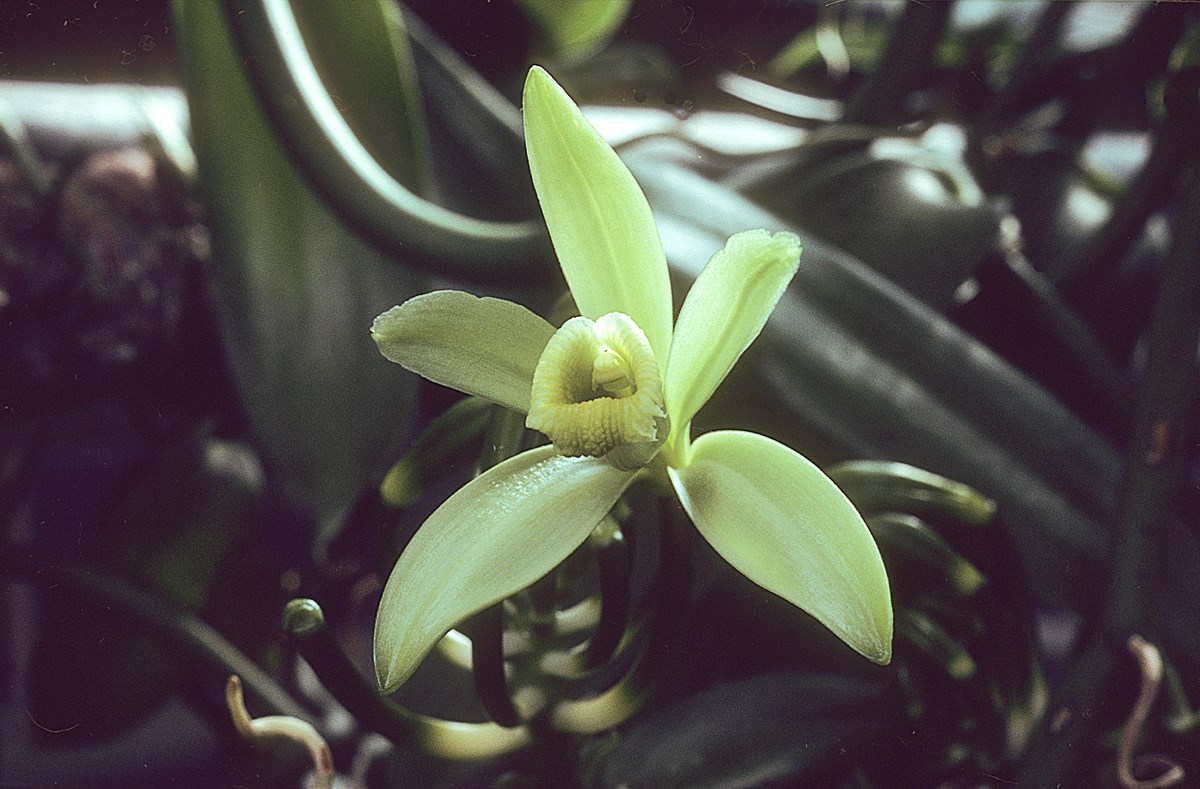Real vanilla

The fruit of an orchid species called Vanilla planifolia is the source of real vanilla. Its original habitat was south-eastern Mexico, Central America and the Antilles in the Caribbean. The fruits have been used for thousands of years in Guatemala for flavouring cocoa.
Vanilla became known to Europeans during the sixteenth century, but was not cultivated more extensively outside the plant's natural habitat until the second half of the nineteenth century. Nowadays, vanilla is grown in most tropical countries.
The flowers open up in the morning and are receptive to pollination for eight hours. When cultivated, they are hand-pollinated. They wither the following day. The fruits are picked when they are still unripe, dark green and only faintly yellow at their tips. The timing of the harvest is very important for the quality of the final product.
After harvest, there is an intricate fermentation and drying process. Since this process takes 6-8 months and is so complex, vanilla is an expensive spice, our third most expensive after saffron and cardamom.
Vanilla's scent and aroma depend mainly on the vanillin developed during fermentation. Several other substances are formed at the same time, making real vanilla greatly superior to synthetically produced vanilla.
Vanilla is the only economically significant crop plant in the orchid family. The vanilla genus consists of about 100 species. All of them are climbing epiphytes with stems that can grow to up to 30 metres in height. Several of the species have faintly aromatic fruits, but only a few are used as spices and for flavouring.






